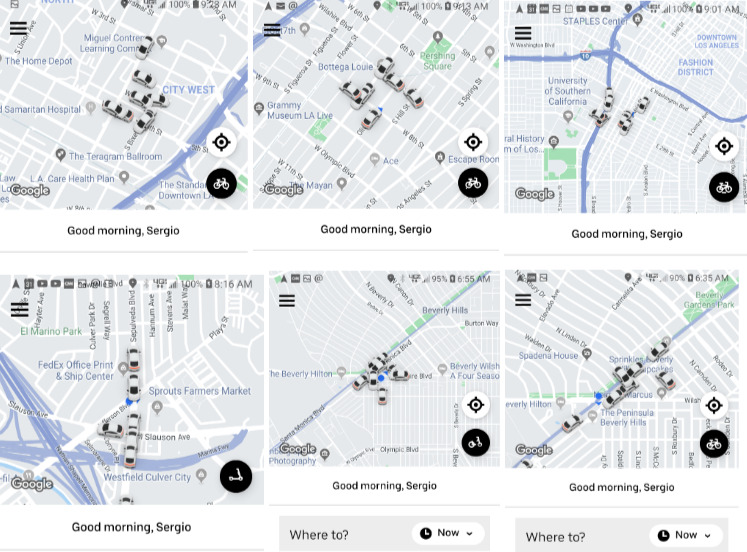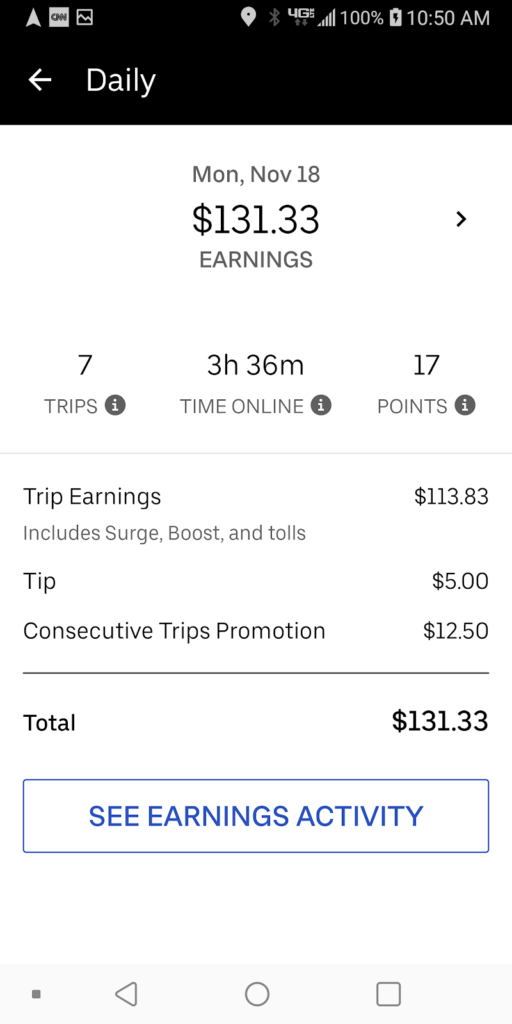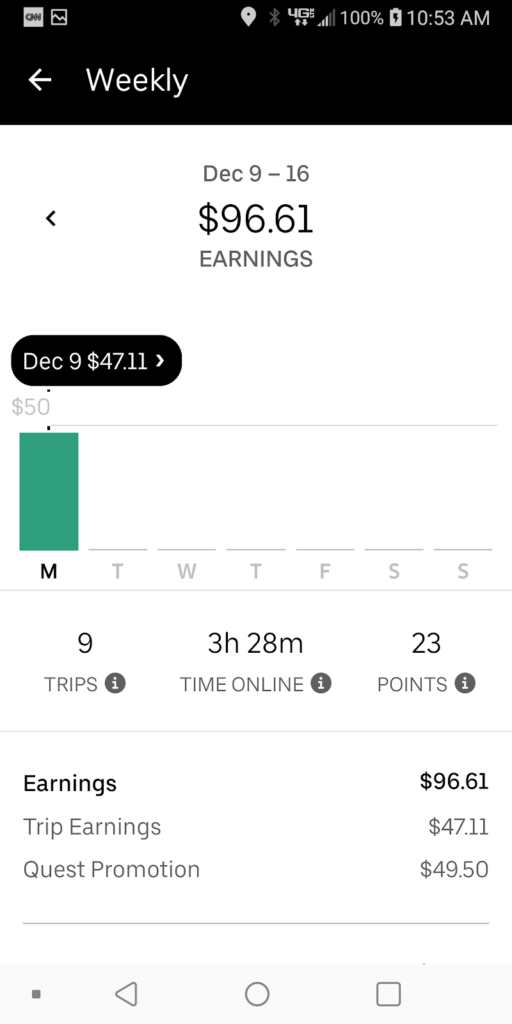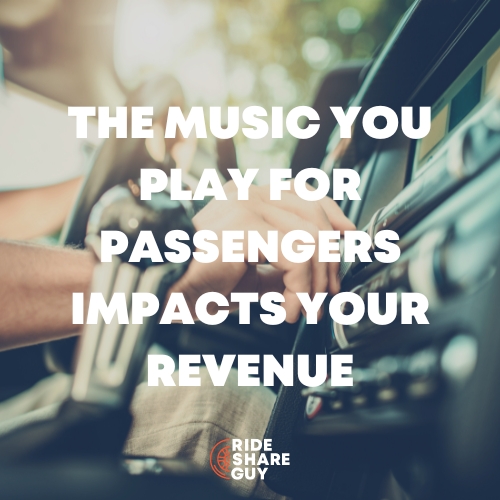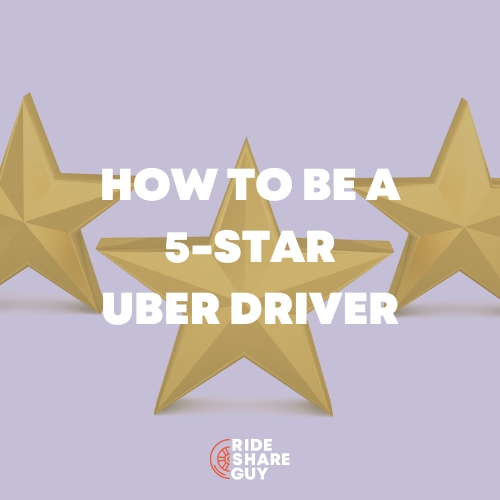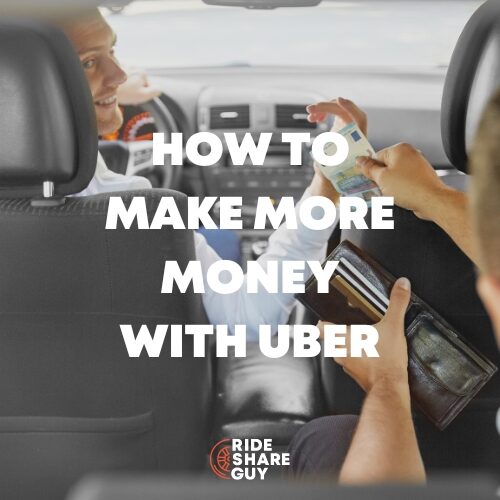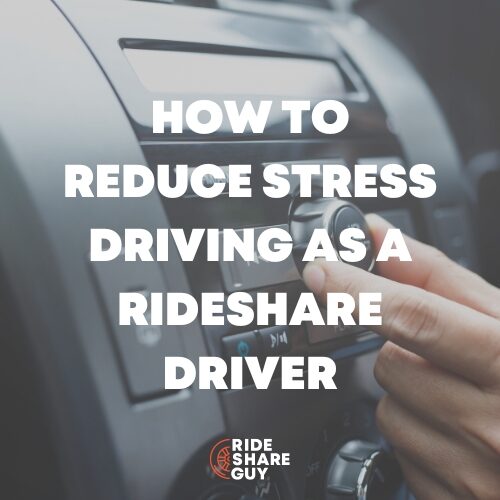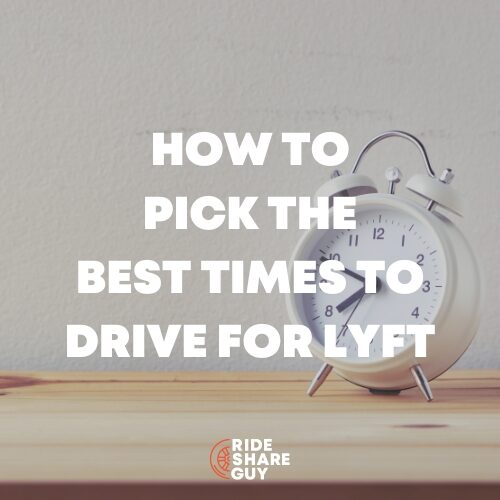Should you drive the way Uber wants you to – or should you use your own driving strategies? The answer seems simple, but maybe Uber really does know what’s best for us and we should follow the ‘take every ride’ mentality. Senior RSG contributor Sergio Avedian tested out whether driving the way Uber wants you to is more effective than employing strategies like his favorite surge-only driving strategy.
For the past few years, I’ve made a challenge for myself to figure out the Uber algorithms and use my best strategies to earn more. After all, it certainly looks like Uber is all about controlling the driver, from when and where they drive to how much they earn. Although, things appear to be changing now that Uber is eliminating flat rate surge and getting rid of upfront pricing.
However, maybe Uber really does have our best interests at heart. Maybe they want us to earn as much as we can with their algorithms, and I’m just not listening. I decided to put this theory to the test below.
First, I do want to mention that during my podcast with Harry on RSG and Jay on Rideshare Dojo, I explained some basic strategies I deploy. Driving for Uber may seem like a simple job with very low barriers to entry, as with everything else, I believe you will get out of a job as much as what you put into it.
Quick links:
- Struggling to come up with a good driving strategy for your market? Check out Rideshare Coaching here!
- Prefer taking a course to learn how to maximize your earnings? Get our Maximum Ridesharing Profits course here.
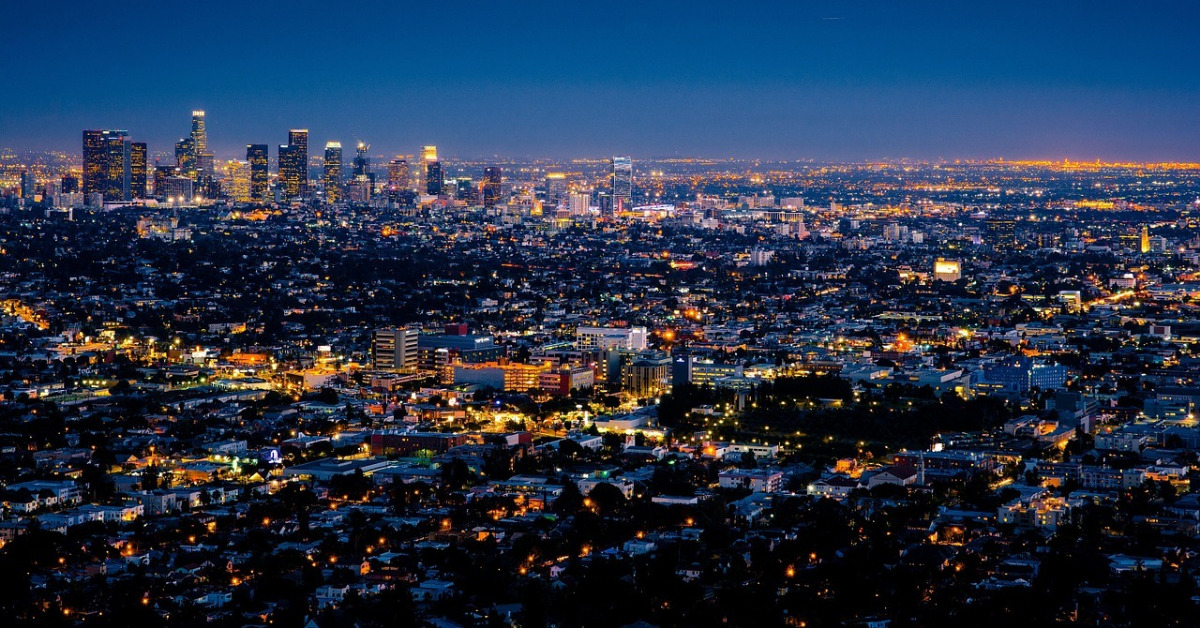
Some people may say, Sergio, your strategies are not relevant to my small town, you drive in a major city, surge is plentiful as well as ride requests all times of the day. Well as of March 2019, our rates have been cut to 60 cents/21 cents (per mile/minute). Those rates may actually be among the lowest in the country for any major city in the nation! Driving in big cities certainly has its advantages but also many disadvantages, on top of that list is massive driver oversaturation and collapsing utilization rates (UR).
I took a screenshot of the passenger app pretty much every time I dropped off a rider on a Monday in December. What do you think? Is the marketplace oversaturated? What does that say about Uber’s claim of flexibility and freedom?
As a final note, the passenger app only displays 8 cars, I bet there are a lot more than that at every street corner. This is one of the main reasons driver earnings have suffered over the past five years. Granted, ridership has grown exponentially but the driver supply has not only caught up but surpassed demand, as far as I am concerned.
Driver Saturation: Are There Too Many Uber Drivers?
Step one in testing out this idea that Uber has our best interests at heart, I decided to be online almost the entire day. After all, Uber wants us online so we can accept any request, right? Apparently, I wasn’t the only one doing this on a Monday, which brings me to my first point: driver saturation.
Everywhere I went in Los Angeles, there were more drivers than I can count (I am a huge fan of having two phones to see where my competition is as well as other things) and this is only on the Uber platform. Add to these numbers all the Lyft drivers who are also online, and you will quickly understand how both companies have dumped millions of cars on the roads with the promise of flexibility and freedom. The pie (i.e. number of passengers) is just not big enough to slice it thinner than it is these days.
These pictures repeat themselves all over Los Angeles for pretty much 24 hours a day. Yes, you may turn on your app and get out there, like Uber wants, but your results will be very disappointing. My results were horrible the day I drove accepting every ping (like the vast majority of drivers do)! I chased a consecutive ride bonus of 3 for $16.50! Below you can see my numbers.
You are not seeing double, this scene replays itself at every street corner in Los Angeles. I am convinced that there are two utilization rates (UR), one for Uber and a separate one for the driver. Uber will dump all the cars on the marketplace to lower passenger pickup ETAs, because that’s all they care about.
Then there is the UR for the driver. As we all know, we only get paid for giving rides not waiting for pings. I know that my UR rates have come down to 50-55% per hour from 75-80% per hour from a couple of years ago. Why is that? Total oversaturation and dumping of cars!
Drivers Need to Follow The Three P’s
Patience
If you’re driving for Uber or Lyft, you need to remember to be patient. Even if you’ve been driving for many years, driving professionally is its own skill. You’re thrown into the fire quickly, so it may be helpful to keep things simple as you start to get the hang of rideshare driving.
Learn your best practices for driving by completing a bunch of rides. Understand that, depending on when you choose to drive, customers could be either drunk enough to puke or tired enough to spill coffee all over the back seat. If you’re not sure what you need in your car, take a look at the top recommended items by drivers here.
Drive often and reflect on what works for you and what doesn’t. Do not accept every ping Uber throws your way, because as you can see from what happened to me above, there are many fish in the ocean. Be selective, do the rides that you want to do, and those will produce the most profits for you. Take screenshots during your shift and make mental notes of the surge patterns in your city.
Position
This is something most new drivers fail at. One of the biggest problems is that they may not know their city well enough to position themselves correctly for the upcoming rush hour surge rides. Rideshare driving is not a 9-5 job, you must drive when and where there is demand.
I would also suggest paying close attention and taking plenty of screenshots during your shift. Study them, learn from them. Surge is not a mythical creature; it keeps repeating itself on a daily basis. Surge mostly or only driving style is something I have adapted to when I first started driving and it has worked for me. I still make $30+ per hour on app gross when I drive in Los Angeles, where rates are 60 cents a mile and 21 cents a minute.
Planning
The best and most successful rideshare drivers have an outline of what they’re doing in advance. One of the most eye-catching benefits of rideshare driving is having the ability to set your own schedule. It’s best to know when your best and worst times to drive are so that you can plan around anything else you have going on in your life.
For me, splitting shifts is the best way to drive. I will try to get out with an early scheduled airport run around 5 am, as early morning surge rides can be very lucrative. Every city is different, so it’s important that you know when traffic is heavy and when surge prices are at their peaks.
Taking the time to know where and when you’ll be driving saves you both money and time in the long run. These surge rates work differently than the old surge, so they require different strategies. I share my strategies for Uber’s new(ish) flat rate surge here. The good news is they are relatively simple to understand.
My Results for Driving Uber’s Way vs. My Way
These results are from a Monday in November 2019. As usual, my day started with an early scheduled ride on Lyft to the airport and I positioned myself for the morning rush hour surge rides as well as fully taking advantage of my previously discussed destination filter strategies. Uber was offering a CRB of 3 for $12.50 from 6 to 9 am that day, pretty high for Los Angeles standards. It sounded good but I was not going to fall for the trap of following the herd.
As you can see, I only took advantage of one CRB, did 7 rides for $18.70 average per trip, and I grossed $131.33 ($37/hour) in a little over 3.5 app on hours. I definitely played by the 3 P’s and the results speak for themselves.
The following results are from a Monday in December. After starting my day again with an early scheduled Lyft ride to the airport, I positioned myself at the exact same spot in Santa Monica and was ready for the morning rush hour surge rides. The only difference was that I was going to accept every ping and take advantage of the 3 for $16.50 CRB.
I have not seen these bonuses go higher in Los Angeles. I received 10 requests in 3.5 hours, I accepted 9 of them without picking, choosing, deploying any DF strategies as well as paying attention to repositioning myself. 3 for $16.50 was too hard to pass up! I wanted to do what 90% of drivers said when I interviewed 40 of them a couple of months ago – just turn the app on and start accepting rides.
As you can see, I took advantage of one 3 CRBs, did 9 rides for $9.66 average per trip and I grossed $96.61 ($27.60/hour) in a little over 3.5 app on hours.
Takeaways from My Experiment
First, I wanted to compare apples to apples, I made sure that the day and time slots were identical. Monday mornings rank as the top earning weekday for drivers. Results speak for themselves, I had $131.66 with a strategy vs. $96.61 without. This was almost the same on-app hours, but $35 less for driving the Uber way (where would I be without that CRB?). $27 per on-app hour for drivers in Los Angeles is nothing to sneeze at, and probably much higher than the average, but that’s $10 less per hour than driving with a clear strategy. And those juicy CRBs are under Uber’s control; they will not be this high for long as we’ve discovered with quests. You can imagine how much less you would be earning each and every week – those dollars will quickly add up to hundreds a week to thousands a year for doing the same thing, driving!
Like the Frank Sinatra song goes, I rather do it my way. The more glaring and shocking number is if you compare only the trip earnings from one Monday to the next, without CRB, tips etc. November I made $113.83 (7 trips) vs. $47.11 (that is for 9 rides folks) – a whopping $66.72 difference in gross earnings. Quality over quantity is the outright winner here.
I am a huge believer in driver education, but I’m not sure Uber and Lyft want veteran drivers like me to hang around. Imagine what would happen in every city if all drivers do what I do, looking out for the best rides for themselves instead of chasing quests or UberPro higher tiers. I think if every driver just followed simple strategies in their cities (regardless of surge), they would be able to increase their incomes substantially. Drive the way Uber and Lyft want you to drive, suffer the consequences!
What do you think, strategic vs non strategic driving? Do you use driving strategies in your city? Do you think oversaturation is a big problem and has cut down on your earnings?
-Sergio @ RSG
